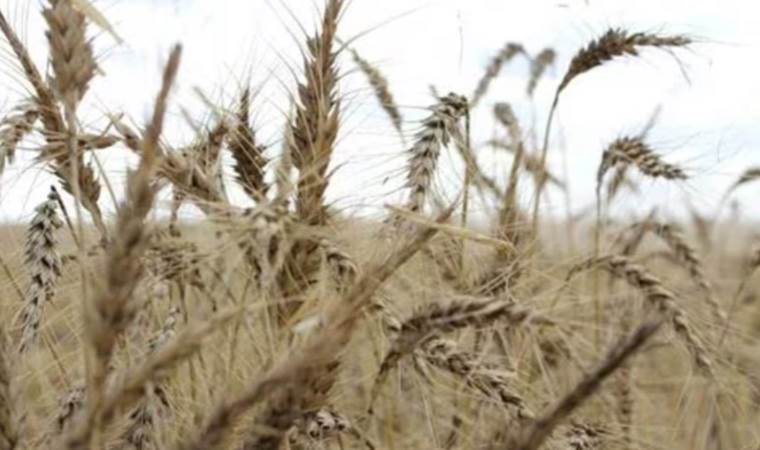Global food supplies in 2024 under pressure from adverse weather and export curbs
The world's staple food supplies are bracing for a challenging year ahead as 2024 is set to experience tightened grain and oilseed supplies due to adverse weather conditions and export restrictions.

Despite an increase in global farming activities in response to high food prices in recent years, consumers may face supply constraints into 2024. The primary causes are the expected continuation of the El Nino weather pattern, export limitations, and rising biofuel mandates, impacting wheat, corn, soybean, and other essential commodities.
Impact of Global Economic Trends on Food
Wheat, corn, and soybean prices have been on a strong upward trajectory in recent years. However, 2023 saw a shift towards potential losses in these markets, attributed to easing bottlenecks in the Black Sea region and concerns over a global recession. Despite this, analysts and traders warn that the market remains susceptible to supply shocks and persisting food inflation. "The supply picture for grains certainly improved in 2023, but we are not really out of the woods yet," commented Ole Houe, an expert at IKON Commodities in Sydney.
The El Nino weather phenomenon is a major concern for 2024, with forecasts predicting its presence until at least April-May. This condition has brought significant dryness to large parts of Asia, jeopardizing the production of rice, wheat, palm oil, and other crops in key exporting and importing nations. Asian rice production, in particular, is expected to suffer in the first half of 2024 due to dry planting conditions. India, the world's largest rice exporter, has already restricted shipments after a drop in production this year, leading to a 40%-45% price surge in some Asian export hubs.
In Australia, the second-largest wheat exporter globally, farmers might face planting challenges come April, with dry soils expected after months of intense heat. This situation could force major wheat importers like China and Indonesia to turn to North America, Europe, and the Black Sea region for their supplies. Commerzbank noted, "The (wheat) supply situation in the current 2023/24 crop year is likely to deteriorate compared to last season." This is due to anticipated lower exports from major producing countries.
South American Production and Global Outlook
On a positive note, South American countries like Argentina and Brazil might see an improvement in corn, wheat, and soybean production in 2024. Argentina, in particular, is expecting a boost in these crops due to abundant rainfall over its farming heartlands. Brazil, while facing reduced estimates for soybean and corn production due to recent dry weather, is still projected to have near-record farm output in 2024. However, global palm oil production is likely to decrease next year, affected by the dry El Nino conditions, further supporting cooking oil prices that have already dropped significantly in 2023. This decrease in output coincides with the expected higher demand for palm oil-based biodiesel and cooking oil. CoBank, a leading lender to the U.S. agriculture sector, anticipates more upside price risks, citing tight global grain and oilseed stock inventories and the strong El Nino weather pattern expected in the northern hemisphere.
Most Read News
-
 Trump administration deploys 2,000 federal agents to Min
Trump administration deploys 2,000 federal agents to Min
-
 Venezuelan opposition leader says she dedicated Nobel Pr
Venezuelan opposition leader says she dedicated Nobel Pr
-
 Malaysia’s 100-year-old ex-Premier Mahathir hospitalized
Malaysia’s 100-year-old ex-Premier Mahathir hospitalized
-
 Seasonal flu activity continues to increase in US: Repor
Seasonal flu activity continues to increase in US: Repor
-
 Far-right ideology increasingly visible in Germany’s dai
Far-right ideology increasingly visible in Germany’s dai
-
 Lebanese president says army implementing government mea
Lebanese president says army implementing government mea
-
 Central African Republic President Touadera wins 3rd ter
Central African Republic President Touadera wins 3rd ter
-
 Venezuela not to have new elections in next 30 days: Tru
Venezuela not to have new elections in next 30 days: Tru








